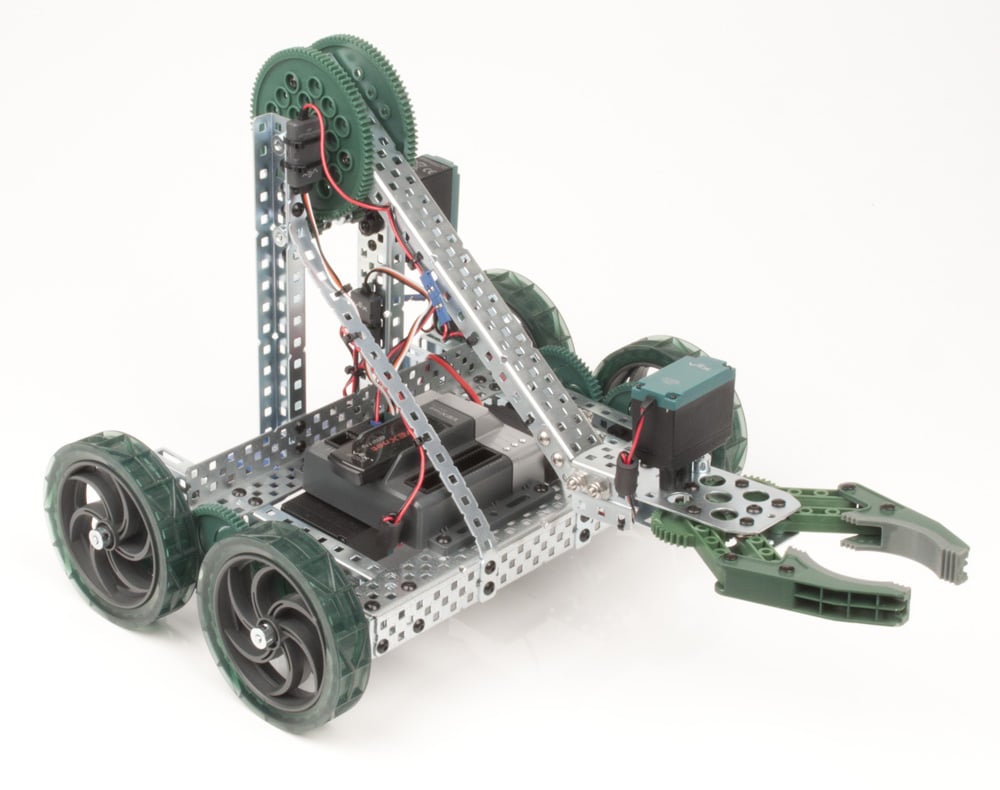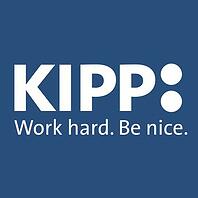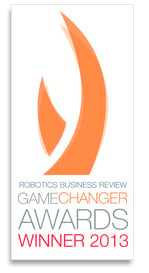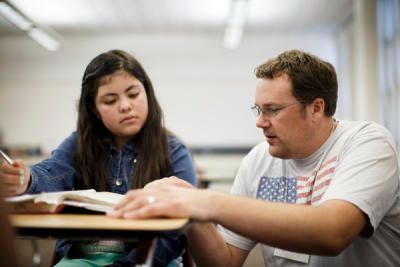Students smart shop with calculators
One of a number of interesting educational initiatives nationwide by and for kids is the Kids Feeding Kids Program undertaken by 26 Students from the Dobson and Copeland elementary schools’ Academically and Intellectually Gifted (AIG) program in Dobson NC. Dobson NC, by the way, is near legendary (mythical?) Mt Airy, NC, home of the Andy Griffith Museum. This is Mayberry R.F.D. country!
And in the best traditions of Mayberry R.F.D.’s good neighbors, the elementary students in the program are urged to study about the underprivileged and the just plain unlucky and then work up a plan to feed the kids found in these situations. Their teachers hope this study will inspire their sense of social responsibility as well as giving them a background in the real-world art of smart grocery shopping.

- 0 Comments
- Jan 16, 2014 6:00:00 AM
- Posted by Charles Nimrad
- Topics: Local News, Education, School, Student Engagement
Robotics competition draws students from all over Texas
It makes me proud as an expatriate Texan to find that the state of Texas is one of those states that realizes STEM learning is important and is doing something to ensure that its students meet the educational requirements of the new millennium in science, technology, engineering and math.
The Vex competition at Roosevelt high school in San Antonio is a good example.
One of the teams in the event sponsored by the U.S Army was a Vex team from an all-girls robotics club at the school.
So seriously does the state of Texas view these competition that recently the Texas Workforce Commission funded a startup grant to help 400 new Vex robotics teams in Texas.
Sounds like a lot of teams, does it?
Well countrywide 9000 Vex robotics teams are expected to compete in the USA this year.
Texas intends to have its share.
If you find yourself wondering what a Vex robotics team is, the VEX Robotics Design System is centered around the VEX Clawbot Kit.
The Clawbot is similar to the LEGO NXT in that assembly and disassembly is made simple with assorted pieces easily fitted together.
Some say that the Clawbot is cheaper.

- 0 Comments
- Jan 15, 2014 10:30:00 AM
- Posted by Charles Nimrad
- Topics: Robotics, Local News, STEM, Education, Computer Science, School, Student Engagement, Middle School
Would you consider NAO Robot as a Looney? Prof. Hunter Lloyd has a surprise for you!
Montana is considered to be deep in the heart of "flyover country". You know, that part of the United States that people traveling back and forth to the East and West coasts look down at from a curved window at 35,000 feet and wonder if anyone really lives there. Those people don’t think of Montana as a high tech state.
But they would be wrong! Montana, Bozeman, Montana in this case, settled between the Bridger Mountains and the Tobacco Root Mountains in the southeast part of the state and home of the University of Montana, boasts one of the most formidably competitive robots in this or any country. I’m talking about LOONEY, winner of six medals in the recent (2013) RoboGames in San Francisco. Oh, and he was winner of new fewer than five medals in the previous games, 2012 .
- 0 Comments
- Dec 26, 2013 11:00:00 AM
- Posted by Mike Nardine
- Topics: Robotics, Local News, STEM, Education, NAO
NYC bets on the future by reinforcing STEM focus programs
New York, like many cities large and small in this country, wants to build its own answer to Silicon Valley. Unlike many other cities, New York has really leaned into this initiative.
New York persuaded Facebook and Google to open offices in the city. It worked with local business partners to set up high-tech incubation centers to attract new tech jobs. New York also put lots of money where its mouth is by looking to create a new high-tech institution of higher learning and opening several STEM programs in the city's five boroughs.
In 2011 former mayor Michael Bloomberg, convinced that the city’s once dominant financial sector was too volatile to be a dependable economic engine for the city, pushed the city fathers to ante up free land and $100 million in taxpayer funds to a university or a group of universities willing to build a first-rate engineering or tech campus within the five boroughs. The press came to call this his "genius school" initiative. Several big name universities in the science field including the Massachusetts Institute of Technology and Sanford University entered into what amounted to a competition for the honor of being the "genius school". Cornell University in upstate New York won the competition.
- 0 Comments
- Dec 13, 2013 12:03:19 AM
- Posted by Mike Nardine
- Topics: Local News, STEM, Education, Education Politics, School, Middle School
Applying Math curriculum to real life using Google SketchUp
Math in practical use as opposed to being practically useless.
That’s the approach taken by more and more math teachers.
Of course math was always useful in the real world; the trick was convincing your students that that was the case.
Hard to do when the curriculum and available tools limited teachers to books and the blackboard...Oh, and let us not forget transparent plastic protractors for drawing straight lines on paper...at least that’s what most of us used them for.
The only angle we thought about was a guy’s agenda as in “What’s his angle?,” not “the space (usually measured in degrees) between two intersecting lines or surfaces at or close to the point where they meet.”
What’s happened to change all that? Technology!
Technology has made all the difference in turning math class into a learning experience as practical as woodworking or auto repair.
And that's what eighth-graders and their teachers discovered at Upper DuPont Area Middle School in Loyalton, Pa. while undertaking the redesigning and landscaping of the schools courtyard.
- 0 Comments
- Dec 2, 2013 10:55:00 PM
- Posted by Anna Sandler
- Topics: Math, Local News, EdTech, Education, School, Student Engagement
KIPP Founder Sees Correlation Between EdTech and High Test Scores
In today’s RobotsLAB Blog we want to give three Cheers for one of this countries’ most successful ed-tech aware education systems! KIPP! KIPP! HOORAY! and... KIPP! KIPP! HOORAY! and one last time... KIPP! KIPP! HOORAY!

Okay, so that was a bit of a silly opening. But Hip! Hip! Hooray! is so last century and I wanted to get your attention to K-I-P-P, a definitely this-century system of over 140 schools administering to under-resourced communities across the United States. Google “KIPP” and you’ll be amazed at the number of big inner-cities with a KIPP school. (Or go directly to their website: http://www.kipp.org/ )
KIPP by the way, is an acronym which stands for Knowledge Is Power Program. To show how successful KIPP is, take a look at the record of KIPP Los Angeles, the highest performing elementary school in the LA system and one of the top ten in the entire state of California!
- 0 Comments
- Nov 9, 2013 12:42:00 AM
- Posted by Mike Nardine
- Topics: Local News, EdTech, School
How do you get students from the worst school systems in the US to and through college
Now I know why LAS VEGAS says “What happens in Vegas, stays in Vegas.” The city isn’t really bragging, it is just embarrassed. There are probably a lot of reasons for that embarrassment, but here are the two I just discovered after watching this video:
First, they have some of the worst public schools in the entire country.
Second, some of those poor Las Vegas schools have no computers.
- 0 Comments
- Oct 25, 2013 2:13:00 PM
- Posted by Mike Nardine
- Topics: Local News, EdTech, Education, Computer Science
ROBOTSLAB NAMED WINNER OF THE RBR GAME CHANGER AWARDS
RobotsLAB BOX recognized for the innovation, creativity and delivery of a “Game Changer product” in the education market.
 Santa Clara, CA, Wednesday, October 23rd 2013 - A panel of distinguished experts from NASA’s JPL, universities around the world, the investment community and Robotics Business Review, chose RobotsLAB BOX to join an exclusive group of products recognized for outstanding achievements.
Santa Clara, CA, Wednesday, October 23rd 2013 - A panel of distinguished experts from NASA’s JPL, universities around the world, the investment community and Robotics Business Review, chose RobotsLAB BOX to join an exclusive group of products recognized for outstanding achievements.
The awarded product – RobotsLAB BOX, is a teaching-aid, designed to help educators demonstrate abstract concepts in math and science using robots.
RobotsLAB BOX won the Game Changer Award in the Education category, one of twelve categories honored by the Game Changers Awards. The distinguished awards are celebrating exceptional developments in technology, innovation, accessibility and delivery.
- 2 Comments
- Oct 23, 2013 5:07:00 PM
- Posted by Brendan Barnard
- Topics: Robotics, Local News, EdTech, STEM, National News, Awards, Press
SAN JOSE MATH CAMP IN FINANCIAL TROUBLE
Before STEM Learning came along with its host of cool gadgets to inspire young people to undertake careers in science there was only math and passionate math teachers to bridge the interest gap. Jose Valdes was one of those passionate teachers, one of the best.
Teaching in East San Jose in the late 1980’s, this expatriate Cuban became disgusted with the number of bright Latino kids having trouble with math and dropping out of school. He decided to do something about it.
- 0 Comments
- Aug 26, 2013 5:30:00 PM
- Posted by Brendan Barnard
- Topics: Math, Local News, Education
TEXAS HIGH SCHOOL TAKES NEW APPROACH TO LEARNING
 How many of us remember dissecting a frog? Or perhaps you can complete this phrase: “I” before “e” except after… I rest my case. Teaching is one of the oldest professions and so are the majority of the approaches to subject matter.
How many of us remember dissecting a frog? Or perhaps you can complete this phrase: “I” before “e” except after… I rest my case. Teaching is one of the oldest professions and so are the majority of the approaches to subject matter.
The standard lecture, standing in front of a class with facts and formulas on a dry erase board are leaving children disengaged and wanting more (after all, didn’t we dream of school being less boring?). Some schools, like Manor New Technology High School in Texas, have tossed away the textbooks and advance placement classes and replaced them with project-based learning.
- 0 Comments
- Jul 10, 2013 3:30:00 PM
- Posted by Brendan Barnard
- Topics: Local News, STEM, Education
Relevant Posts
Popular Posts
Subscribe to Email Updates
-
I Want To Learn MoreADDITIONAL INFORMATION



